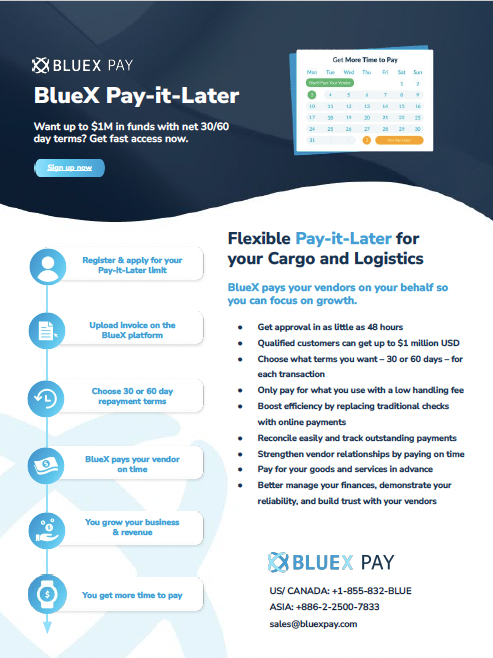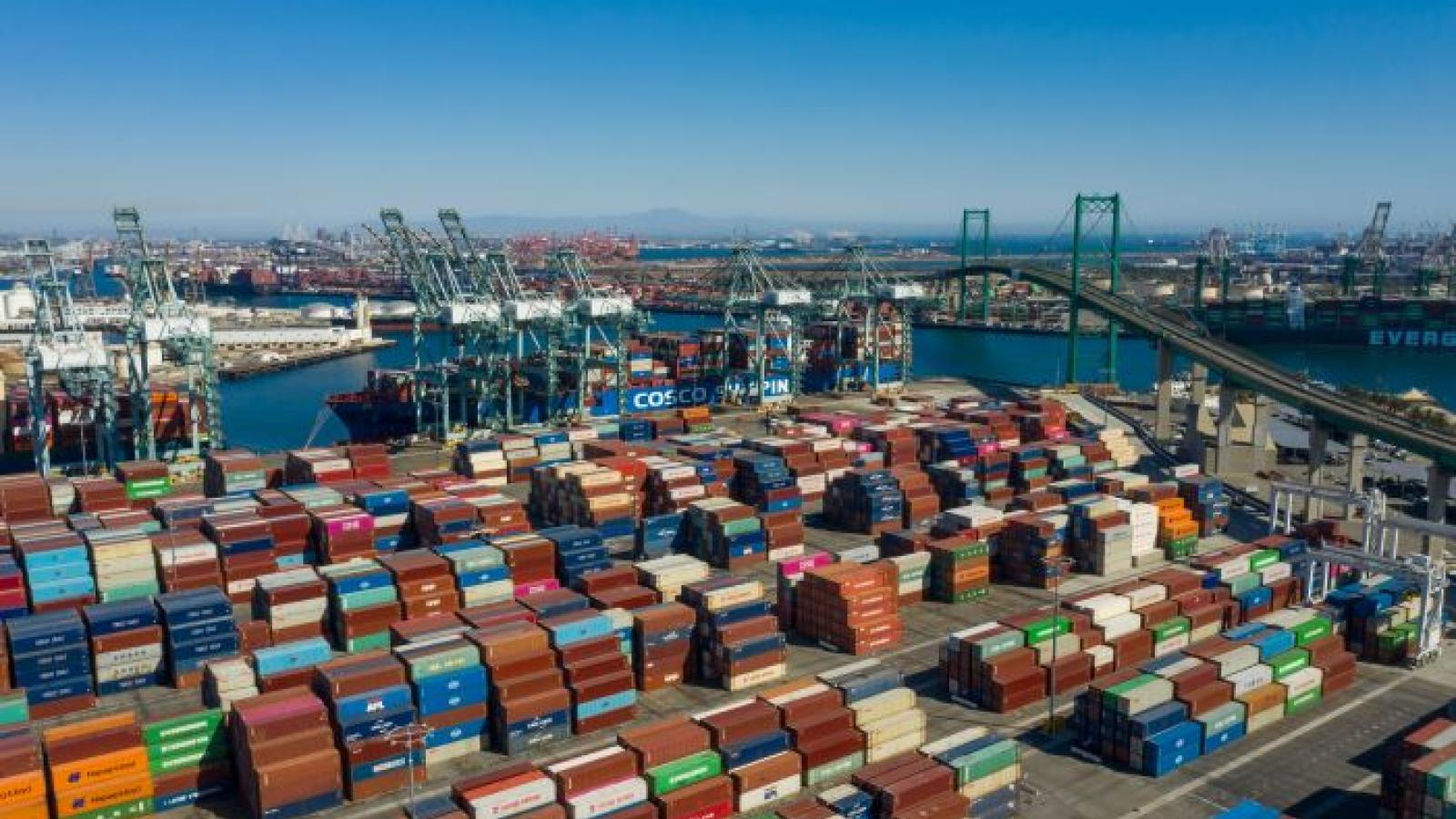
Time:2023-08-27 Source:Original website Popularity:1038

US July imports from Asia hit 11-month high, portending year-on-year fall growth

Total monthly TEU volume of US containerized imports from Asia, with year-over-year change
Source: al© 2023 S&P Global
Although total July imports from Asia were down 10.1% from July 2022, according to PIERS, year-over-year import growth could return in September or October as peak season import volumes enter the country. The 1.46 million TEUs of Asian imports in July approached the 1.48 million TEUs imported last September and exceeded the 1.4 million TEUs recorded in October 2022.
In its August Global Port Tracker (GPT), the National Retail Federation (NRF) forecasted that all US imports in October will be down only 1% from October 2022. GPT also forecasted that November imports will be up 8% over November 2022, with December imports 10.7% higher than the same month a year earlier.
As imports have picked up, spot rates have followed suit — more than doubling from late June to $2,137.50 per FEU to the West Coast as of Aug. 17, according to Platts which, similar to the Journal of Commerce, is owned by S&P Global.
Container spot rate movements from North Asia to US West and East coasts in USD per FEU
Source: Platts, S&P Global© 2023 S&P Global
Retailers, meanwhile, diverted a growing volume of merchandise imports away from the West Coast during the prolonged contract negotiations that only ended with a tentative contract agreement in mid-June.
It is uncertain how quickly retailers will resume routing discretionary cargo back to West Coast ports. Jonathan Gold, vice president for supply chain and customs policy at the NRF, said in April that retailers will wait until the contract between the ILWU and Pacific Maritime Association (PMA) is “signed and ratified” before there is a wholesale shift of Asian imports back to the West Coast.
Ratification of the contract could occur by September.
Source: PIERS, S&P Global© 2023 S&P Global
The loss of discretionary cargo on the West Coast has been to the benefit of ports along the East and Gulf coasts. PIERS data shows the East Coast’s share of Asian imports in July was 37.7%, up from 32.9% in June and 33.3% in May 2022 when West Coast contact talks began.
The Gulf Coast’s share last month was 8.9%, up from 7.5% in June and 6.1% in May 2022.
Source from JOC.com/Bill Mongelluzo